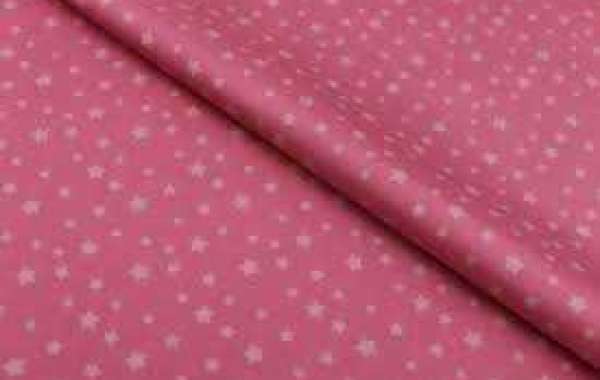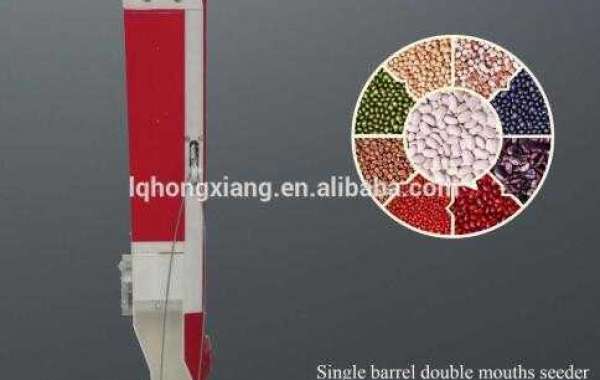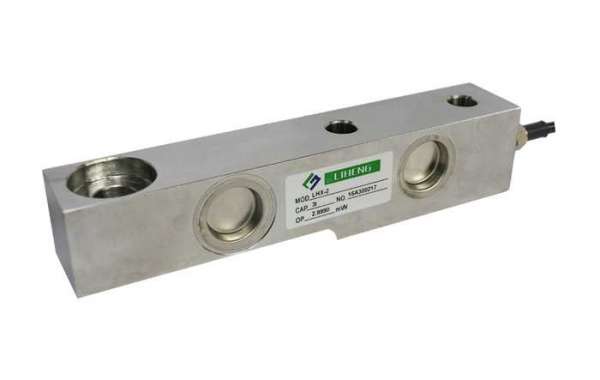Fibers with special health care functions for the human body are called functional fibers. Common varieties are far-infrared fiber, anti-ultraviolet fiber, anion fiber, antibacterial fiber, flame-retardant fiber, far-infrared fiber, anti-ultraviolet fiber, anion fiber, electromagnetic shielding fiber.
As the atmosphere becomes thinner, the ultraviolet rays in sunlight are increasing, and the harm to human skin is also increasing. Therefore, it is more important to try to reduce the harm of ultraviolet rays to the human body. Adding anti-ultraviolet powder to the fiber makes the fabric resistant The function of ultraviolet light.
The air around forests, hot springs and waterfalls is mentally stable due to many negative ions, which can reduce human fatigue and improve human immunity. If the trace of rare earth ore containing radioactive substances is crushed to extreme particles and mixed with fibers In the spinning solution, the fiber produces the effect and effect of negative ions. If it is mixed with far-infrared radiating ore at the same time, the fabric woven by the coexisting fibers of these negative ions and far-infrared can activate more than 60% of the water in the human body.
In the process of fiber polymerization, the antibacterial material is introduced to make it evenly combined in the slices. It is spun into long filaments on ordinary polyester spinning equipment. It has durability and has a sterilization rate of more than 99% against Staphylococcus aureus and Escherichia coli. Effectively inhibit the growth of bacteria, play an antibacterial and deodorant effect. In the past, it was added in the middle of post-processing, but the antibacterial ingredients were easy to fall off.
The methods of imparting flame retardancy to fibers mainly include improving the thermal stability of fiber-forming polymers and fiber modification. Increasing the thermal stability of the fiber-forming polymer means increasing the pyrolysis temperature, inhibiting the generation of combustible gas, and increasing the degree of carbonization, so that the fiber is not easy to burn. Fiber modification includes copolymerization method, blending method and fiber post-treatment method.
Hangzhou Xiaoshan Zhengda Textile Co., Ltd. is committed to the production of RPET fabric and various functional fabrics. If you have any order requirements, please feel free to contact us.







